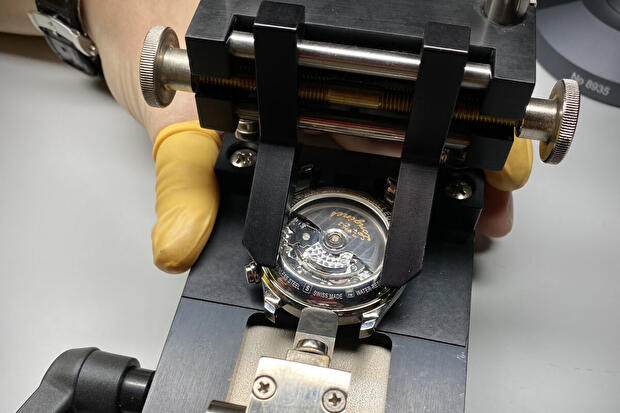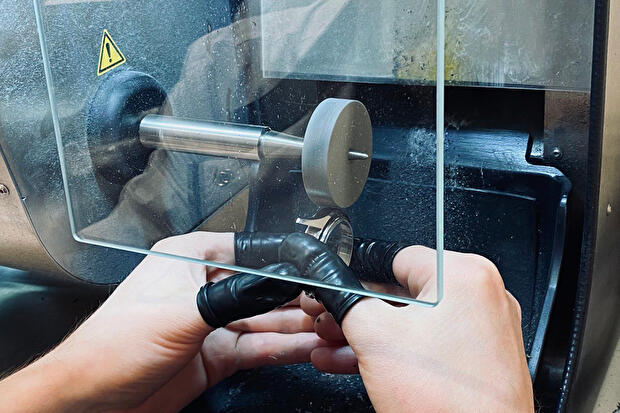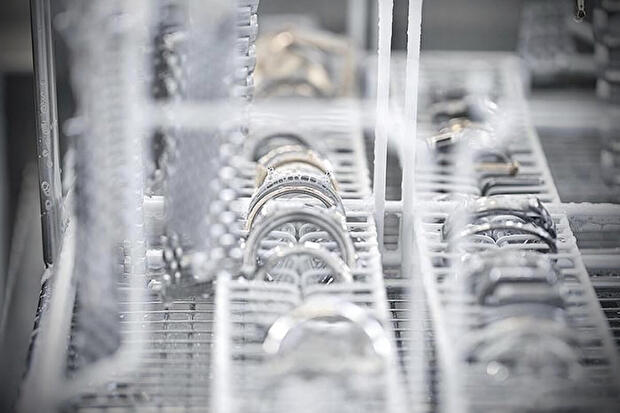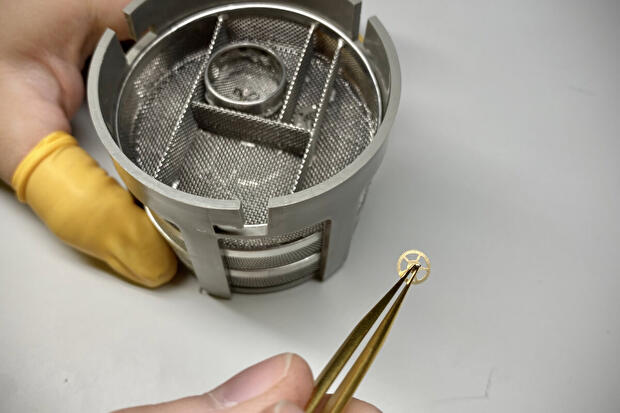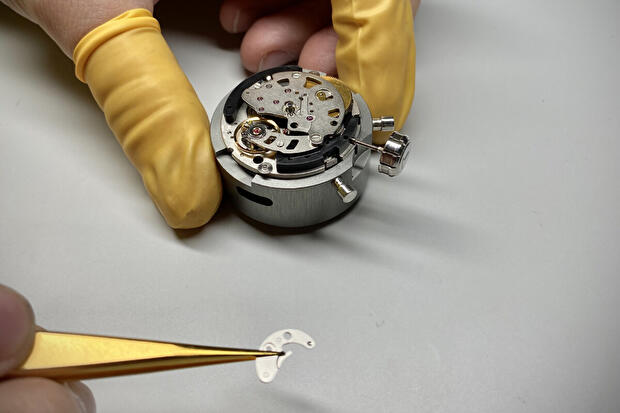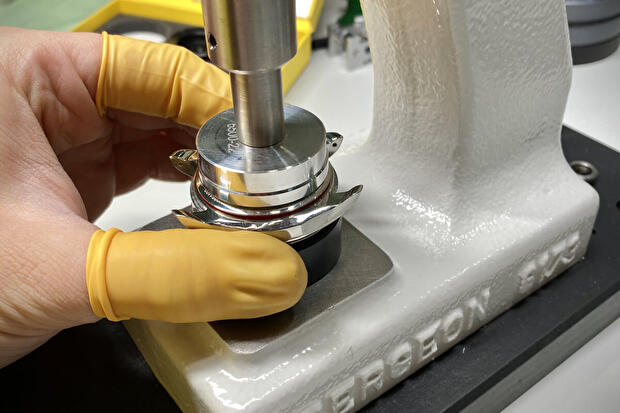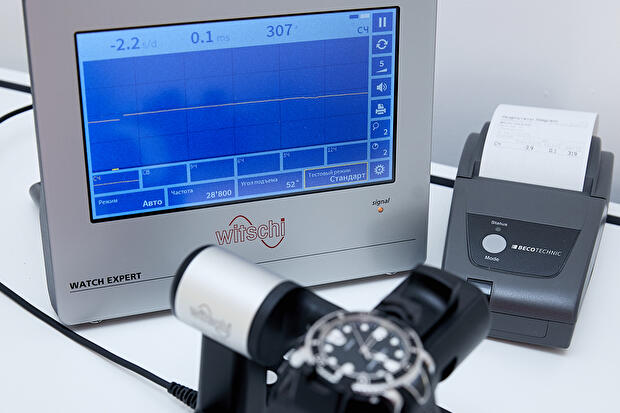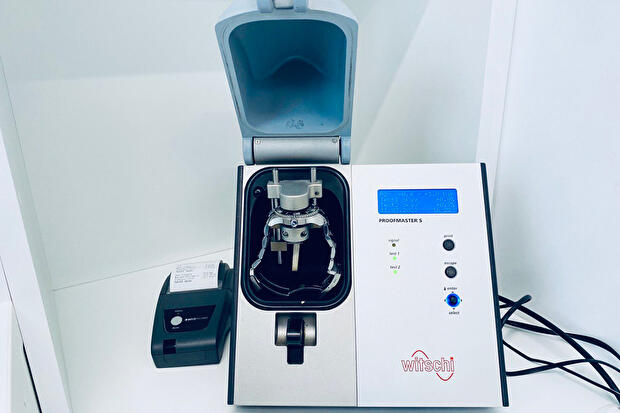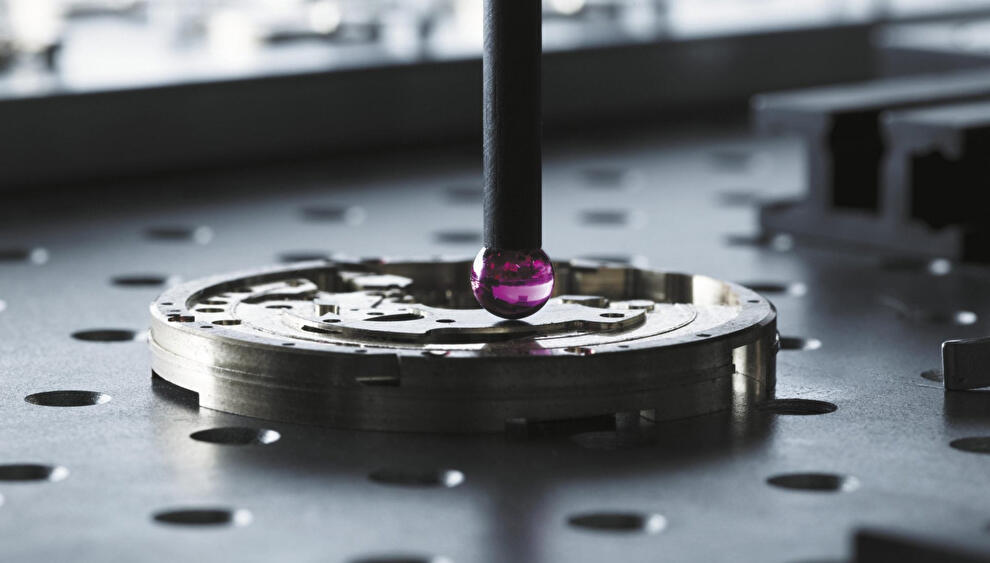Prophylaxis
Preventive maintenance, repassage, full service - all these are part of a single process of complete overhaul of the movement of a wristwatch.
At the same time, the overwhelming majority of watch wearers neglect timely prophylaxis. Such inaction leads to unnecessary expenses.
Every car driver pays attention to the regular maintenance of his vehicle, where the oil change is obligatory for both rare and new models. In the same way, the movement of a watch requires care and timely maintenance. This is true for both mechanical and quartz products. A qualified consultant will certainly inform the customer about this.
Only 20% of people know how important it is to take care of their watches. But even this small percentage does not put this knowledge into practice for one reason or another.
What happens to a watch that is neglected?
Every movement is lubricated with oil, which has a limited lifespan. This is true of all models regardless of cost. As oil ages, it loses moisture and thickens, with changes in temperature and pressure accelerating this process. The substance impairs the entire movement and makes it difficult to operate.
It's unfortunate that even the highest quality oils, such as Japanese and Swiss, will deteriorate over time. Only the seasoned wearers of "Luch" and "Pobeda" timepieces have operated them for years without maintenance. However, the extraordinary durability of these timepieces is attributed to their unique movements - they have large gaps rather than any miraculous properties of the oil used. Furthermore, the owners of these "mastodons" were less concerned about precision than the typical 21st-century individual.
Modern movements, as a rule, are characterized by extended functionality and small size. The energy of the system is focused on the components of the watch, which can become deformed if the watch is not regularly serviced. Aging oil has an immediate negative effect on watches, and can even cause them to cease operation. The most heavily-used elements are often the first to experience problems. The circular shape changes to an oval over time. Angling wheels, remontoire parts, and axle bearings are also susceptible to wear and tear.
—Hansjorg Kittlas, assembly manager for special movements at IWC
Contaminated oil simply ceases to perform its primary function of reducing friction. Over time, a thickened product can become sticky or abrasive. In this case, friction will increase and the spring will not be able to uncoil at all.
It is common for the product to arrive at the repair shop in a difficult condition. What does the watchmaker do?
- Disassembles the watch down to the smallest detail.
- He carefully cleans each part in various technological liquids.
- He examines the movement, looks for worn parts and replaces them with new ones.
- He then reassembles the watch by adding fresh oil.
To avoid problems with your favorite accessory, preventive maintenance is recommended every 3 years. For quartz movements, the time frame is slightly longer - you can have them serviced every five years. But how long your watch will last depends directly on the manufacturer. Be sure to consider this point when buying a watch and remember: "Watches do not tell time, they symbolize it. Therefore, their quality depends on the proper care of the product.





